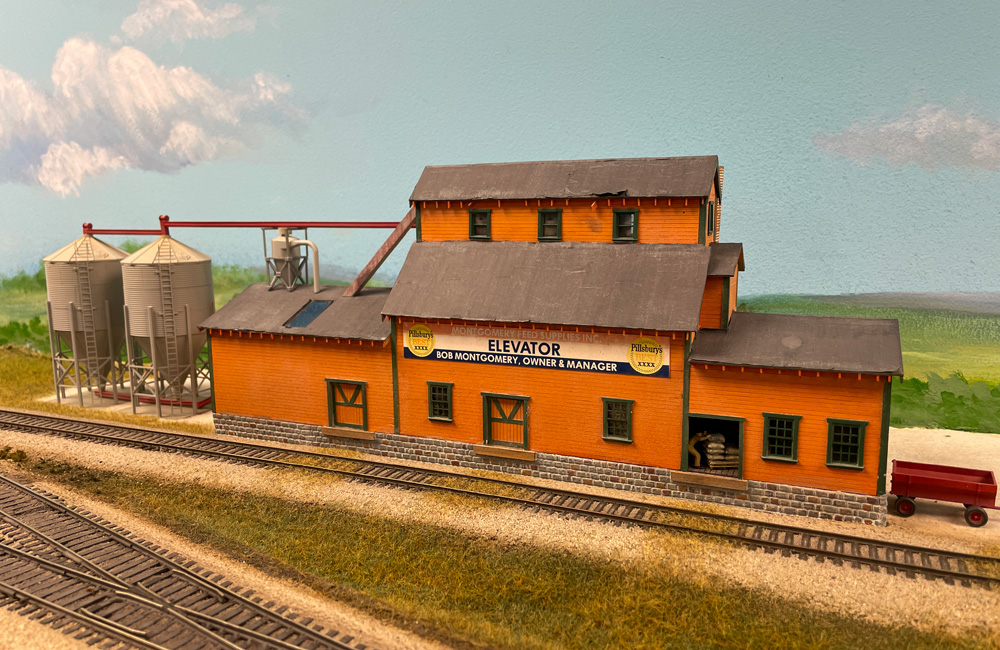
Q: I have acquired a vintage Suydam “Purina Chows” feed mill kit. What would be contained in the silo part of the building (grain or feed) and how did those feed dealers receive grain? Dumping grain from a boxcar seems a bit messy, and covered hoppers were not in use until the mid-1950s. I model the […]
Read More…
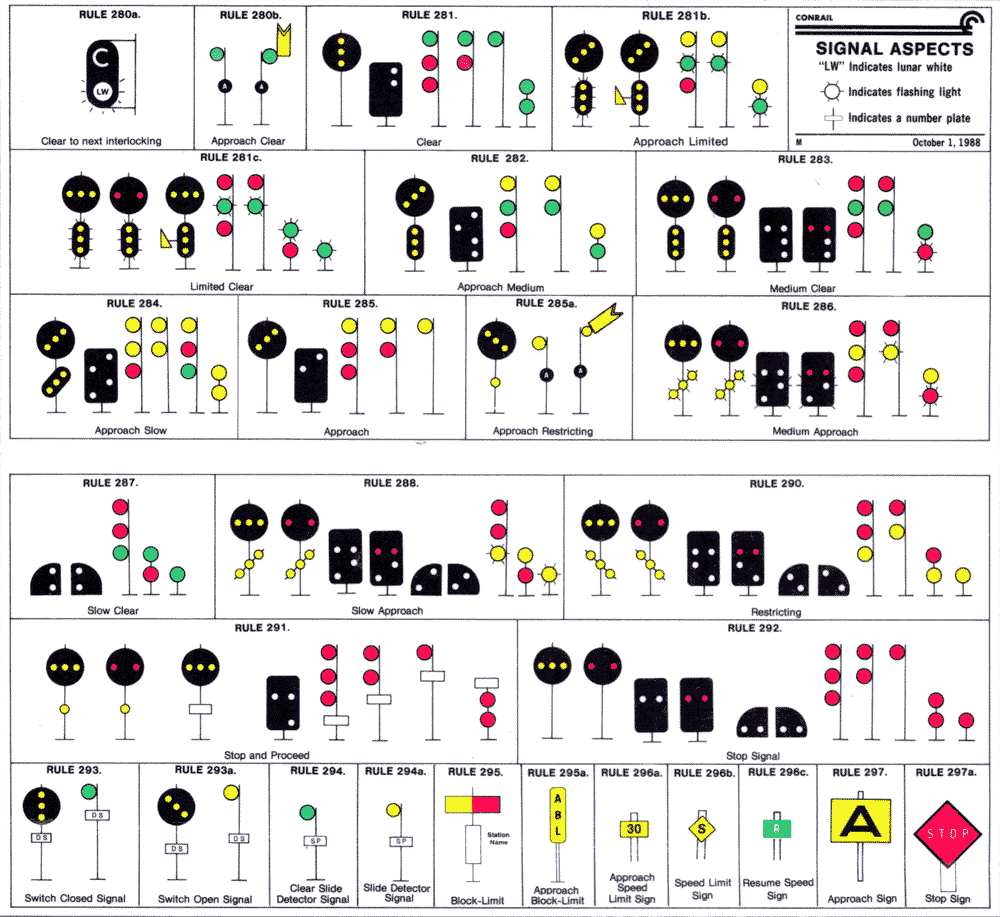
Admit it: Do you know what railroad signals mean? Do you panic when you shown up for an operating session at a strange layout and see it has working signals? Railroad signal aspects aren’t as simple as traffic lights. In addition to stop, caution, and go, railroad signals can mean stop and then go, keep […]
Read More…
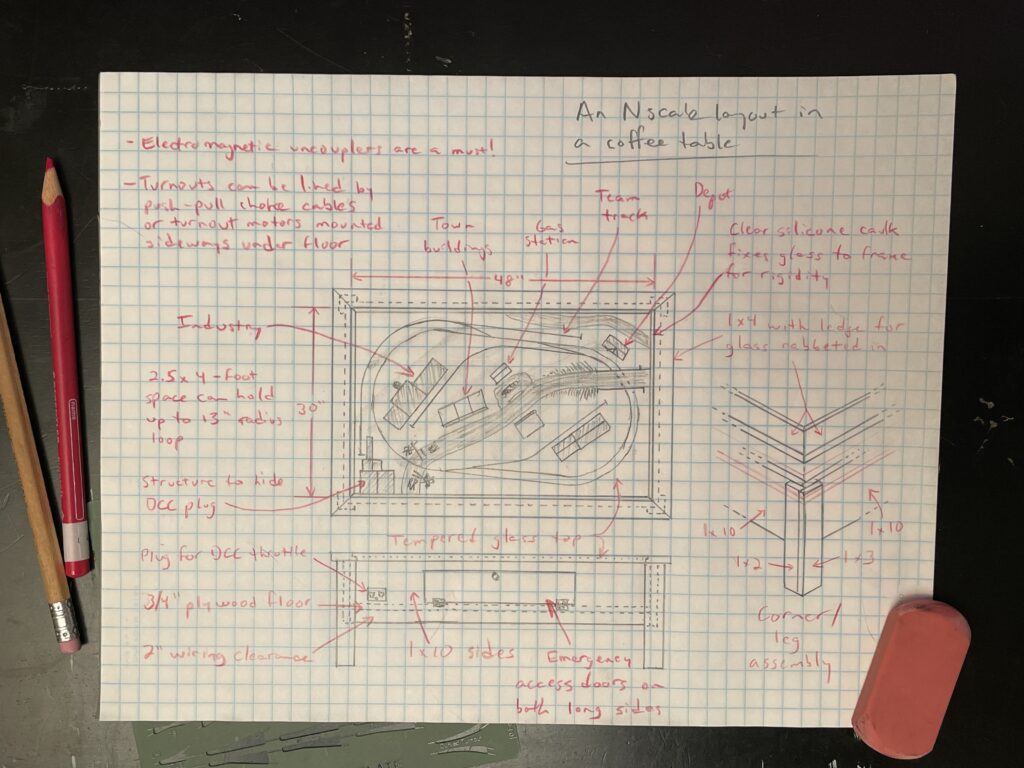
Over the years, I remember reading articles in Model Railroader about model train layouts built into furniture, like cabinets, dining tables, and coffee tables. I always thought this was a great idea, allowing modelers to bring their hobby out of the cold, lonely basement and into the welcoming atmosphere of the family room. It was an especially intriguing […]
Read More…
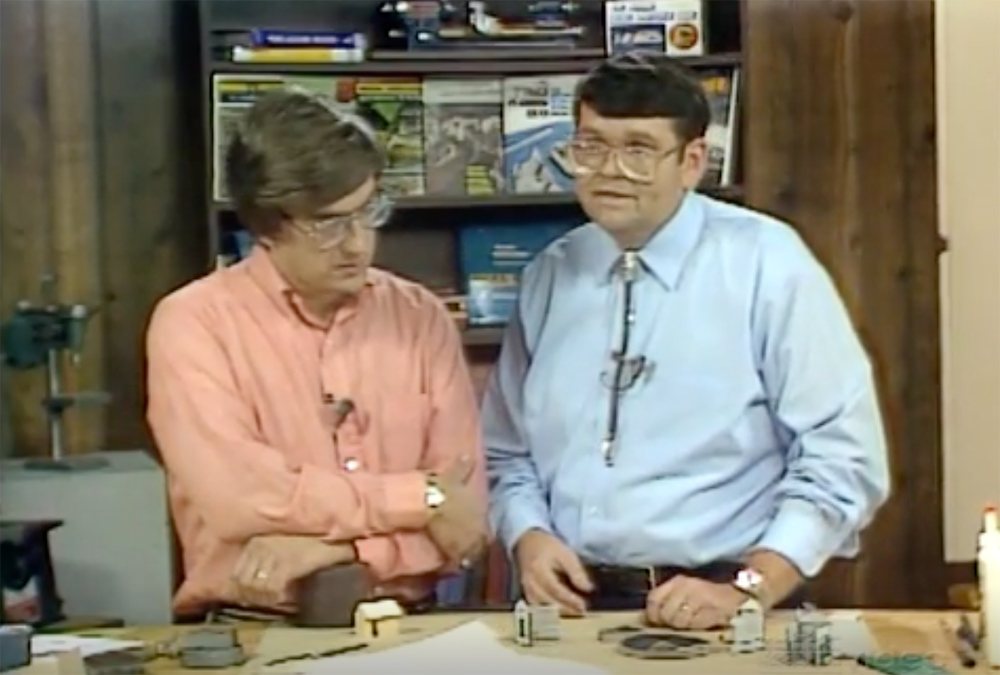
Model Railroader Video Vault highlights: Kalmbach has been producing model railroading videos for a long time, longer even than some readers realize. Luckily for us contemporary model railroaders, some of these videos have been digitized, and range from how-to videos to layout visits. These videos contain a wealth of knowledge from model railroading stars of […]
Read More…
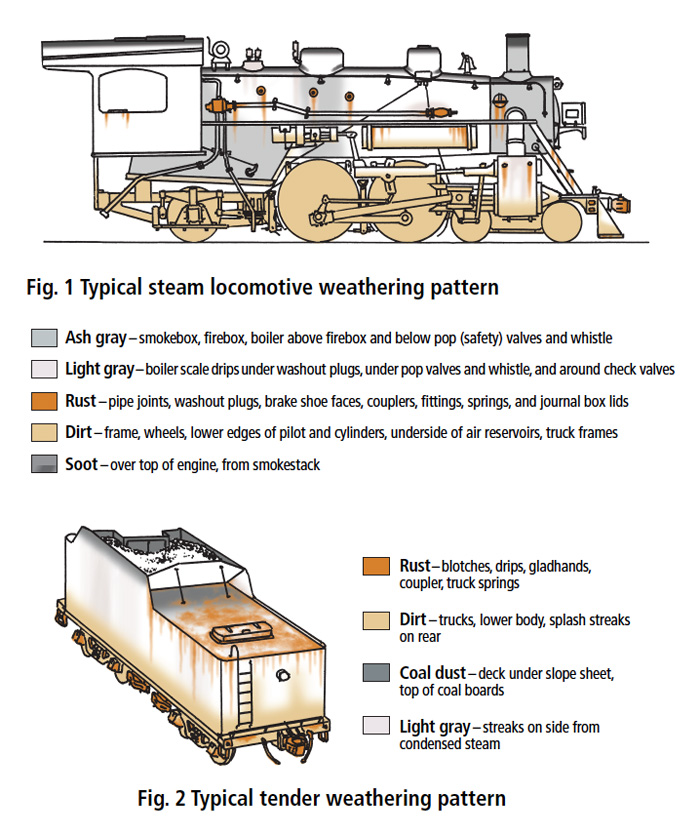
Q: I’m writing you to ask how to weather steam locomotives as well as my log cars, bobber cabooses, and other railroad cars. I would also like to weather some of my buildings. Can you give me some ideas on what to use in weathering my layout? – Russell C. Brenchley, Cottage Grove, Ore. A: […]
Read More…
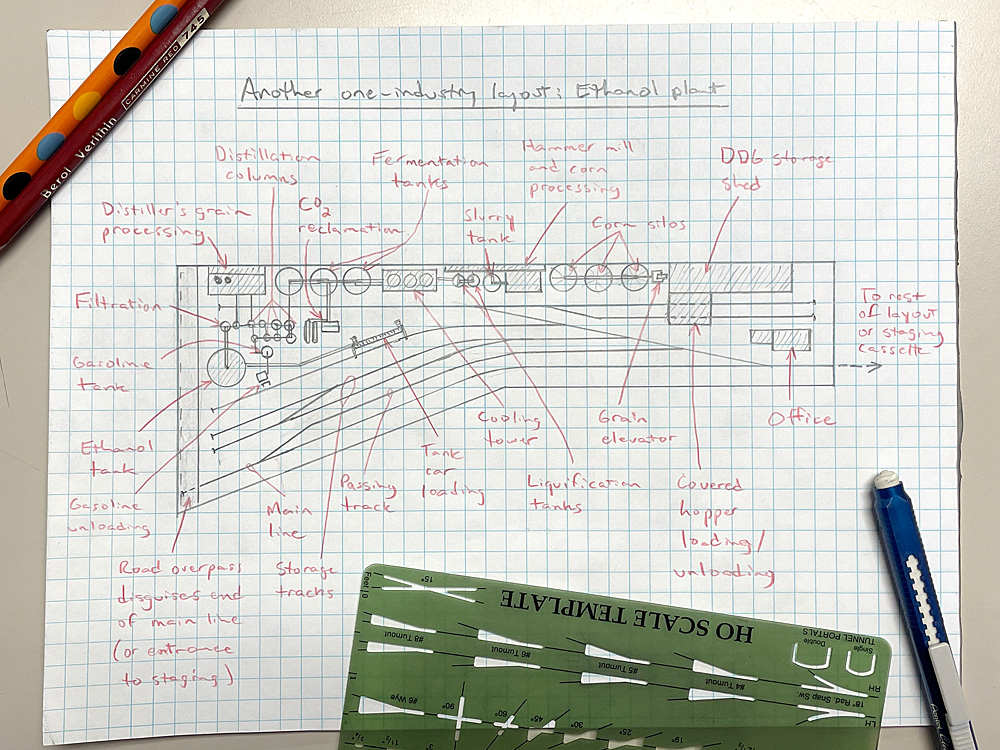
In last month’s “Sketching with Steve,” I explored a single-industry track plan by drawing a 4×8 paper mill layout. This month I’m doing it again, this time creating an ethanol plant track plan. If you’re looking for a modern industry that offers lots of business for your model railroad, an ethanol plant is for you. Jeff […]
Read More…
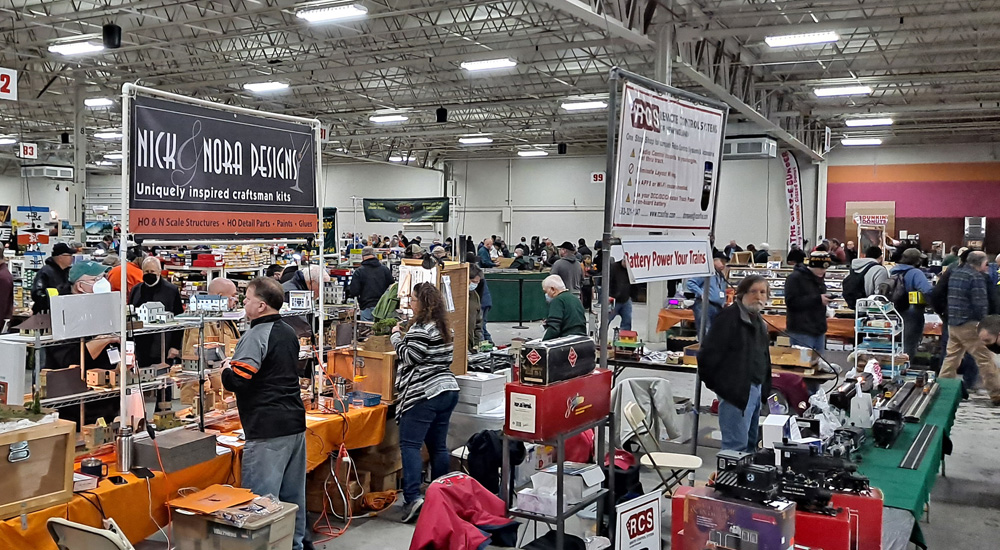
Q: I live in Tennessee. We do not have train shows in our state. I am 84 years old. What can I do to get train shows near me? – M. Collins A: As one 84-year-old hobbyist, probably not much. But as a member of a group, you might be able to do more than […]
Read More…
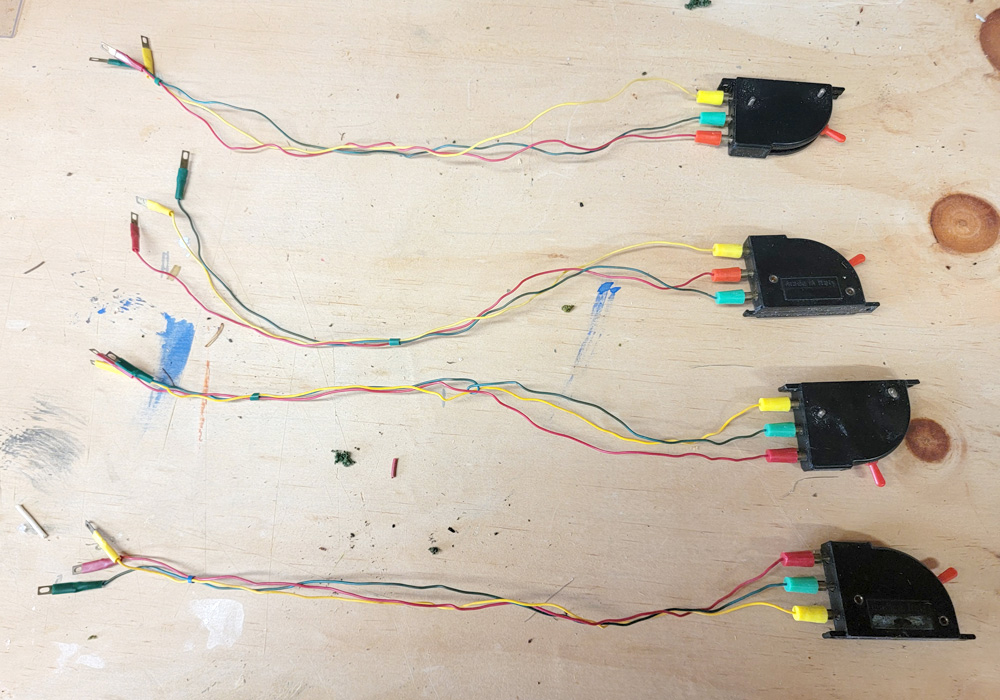
Q: I started model railroading in 1961, when I was a Second Lieutenant in the U.S. Army. Two years later, my family and my career began to grow to the point I wasn’t able to pursue my hobby. I packed up my model trains in 1963 and didn’t open the box until recently. To my surprise, it […]
Read More…
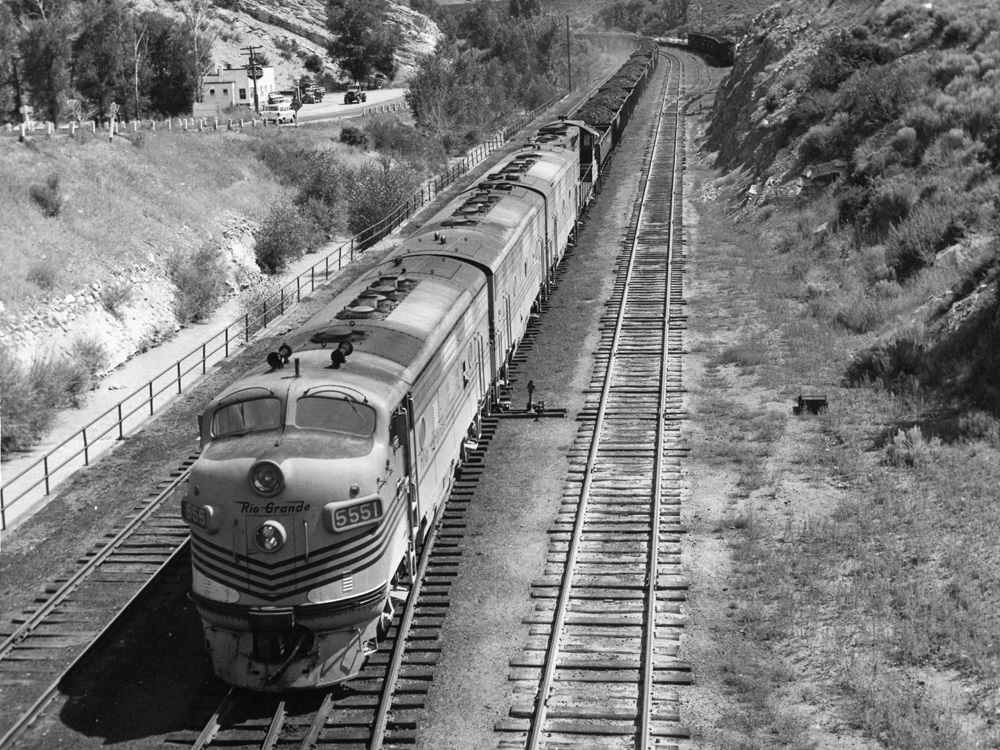
Q: What diesels to pull a 50s coal train? I’m building an “N” scale layout set in the 1950s. I plan to run two loops independent of the rest of the layout, up high, at the back. One loop will have a train running counter-clockwise, consisting of a locomotive and four loaded coal hoppers. When […]
Read More…
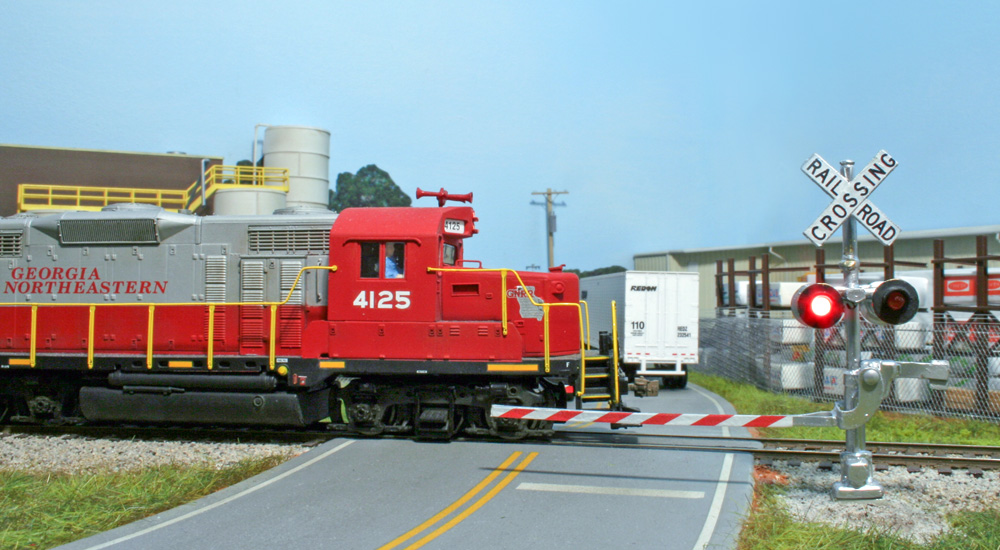
Q: I need some ideas to modernize a club layout. Our HO scale model railroad, which will appear in the July 2023 edition of Trackside Photos, is what I would call “mature.” All the track, scenery, and structures are well in place. We have discussed how to take our model railroad to the next level […]
Read More…
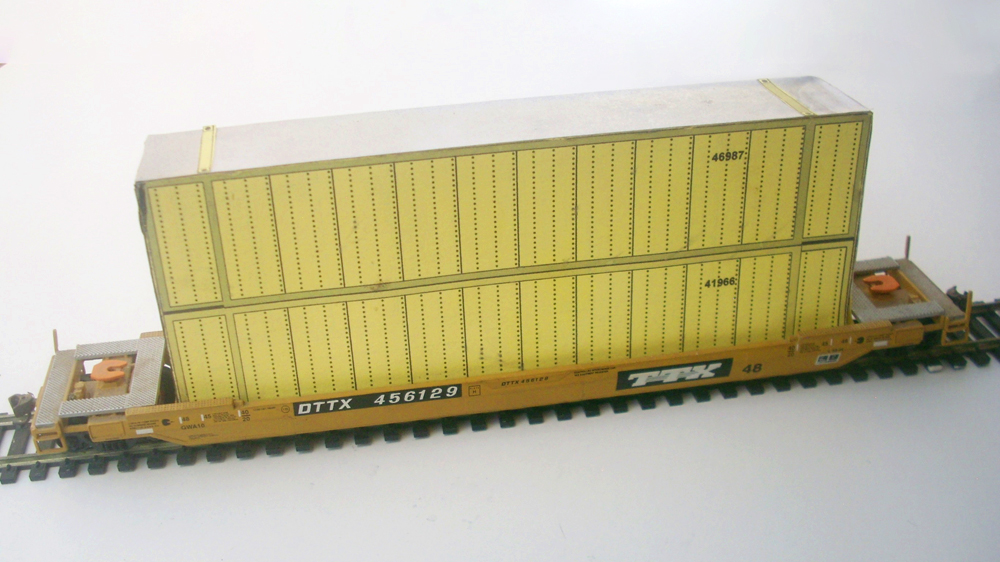
The photo above shows a pair of HO scale 48-foot intermodal containers that I made using paper, cardstock, and cardboard. If you don’t want white containers, copy or print the drawings found in the link to the pdf below full-size on color paper. I find red or blue paper yields the best looking containers. I […]
Read More…
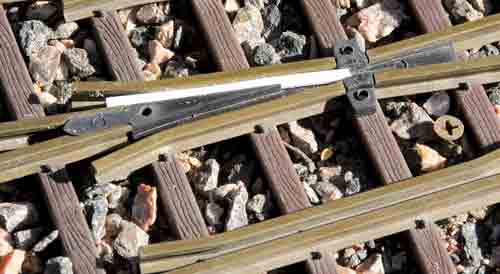
Troubleshooting problems with gauge-1 switches: If you were to ask any model railroader what the biggest headache on his or her railroad was, “switches” would rank in the top three every time. If we want our trains to do more than just run around in circles, however, they’re a necessary part of any model railroad. […]
Read More…












